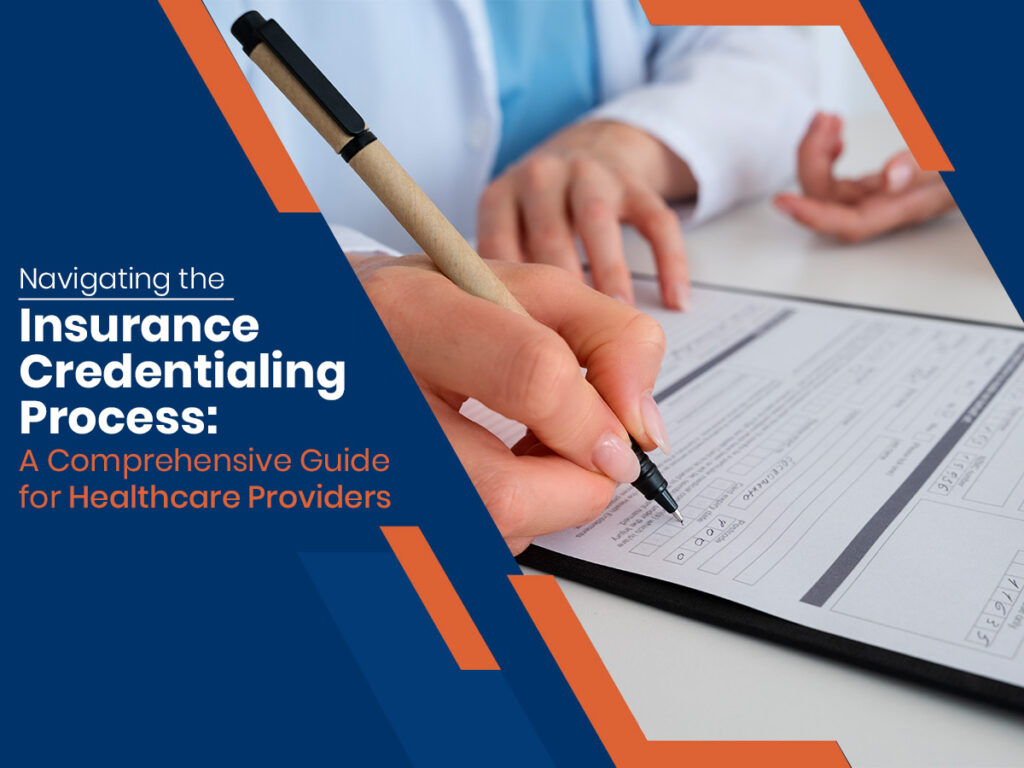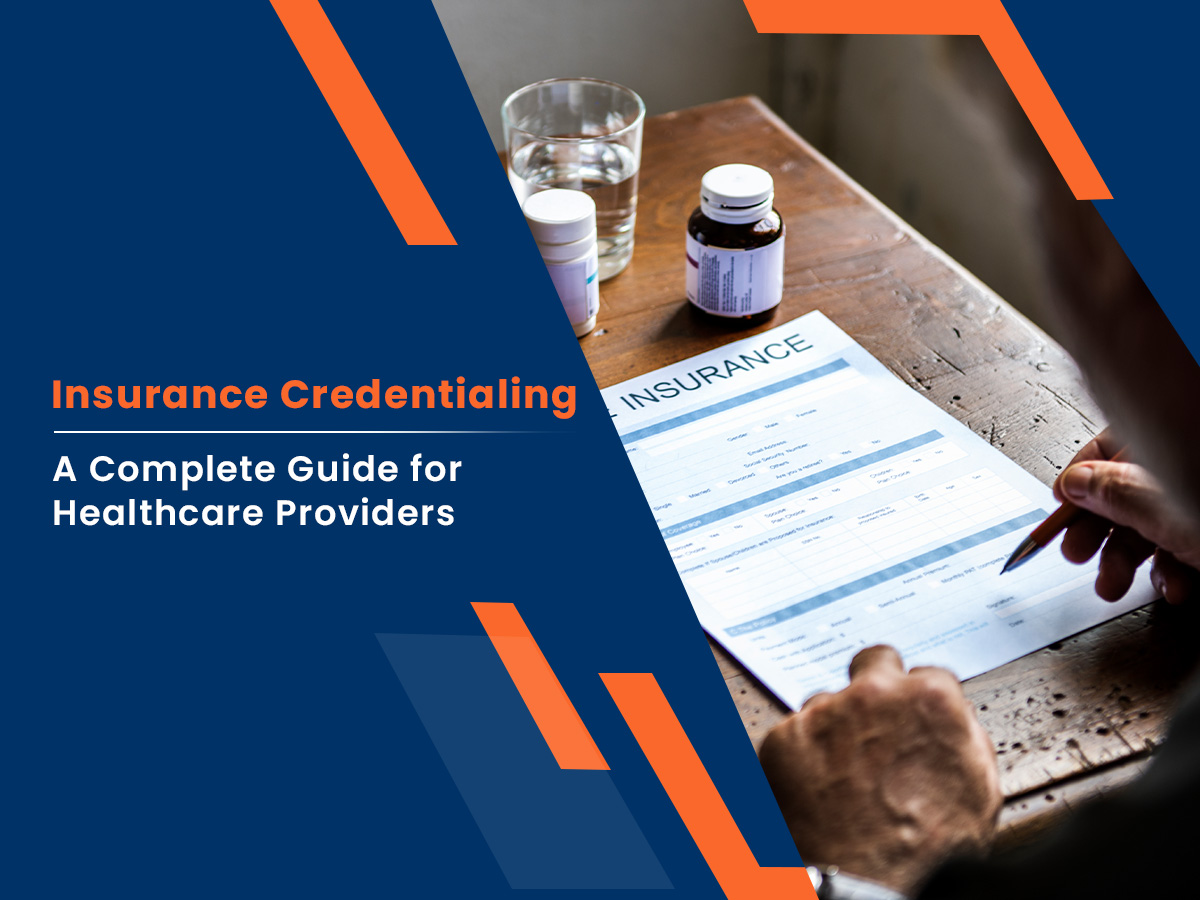Introduction
In today’s complex healthcare landscape, understanding the insurance credentialing process is vital for providers aiming to expand their patient base and ensure financial stability. Selecting the right insurance plans to credential and enroll with not only impacts your practice’s profitability but also determines the diversity of patients you can serve. This guide delves into essential factors and actionable steps to help you navigate medical credentialing services, provider enrollment, and more, all while incorporating strategic keyword use for optimal SEO performance.
Understanding the Insurance Credentialing and Enrollment Process
Before diving into selection strategies, it’s essential to grasp the differences between insurance credentialing and provider enrollment services:
- Credentialing Verification: This involves insurance companies verifying your qualifications through a detailed credentialing application. They assess your education, licensure, work history, and professional references to ensure you meet their standards. Utilizing platforms like the Council for Affordable Quality Healthcare (CAQH) credentialingcan streamline this process.
- Enrollment: Post-credentialing, enrollment is about contracting with the insurer to become an in-network provider. This step allows you to bill the insurer for services rendered to their policyholders, effectively joining their insurance panels.
Key Factors in Choosing the Right Insurance Panels
- Assess Your Patient Demographics
- Analyze Current Patient Insurance: Review the insurance coverage of your existing patients to determine which insurance networksare most prevalent. Aligning with these insurers helps retain your patient base and attract new patients within those networks.
- Research Community Insurance Trends: Understanding the predominant insurance carriers in your area is crucial. For instance, if there’s a high concentration of Medicare or Medicaid beneficiaries, participating in these programs can be advantageous.
External Link: Understanding Medicare and Medicaid Enrollment
- Evaluate Reimbursement Rates and Fee Schedules
- Request Fee Schedules: Obtain reimbursement rates for the services you frequently provide from various insurers. This helps in comparing how different insurance panelscompensate for your services.
- Conduct a Cost-Benefit Analysis: Ensure that the insurer’s reimbursement rates cover your operational costs and contribute to your practice’s profitability. Effective negotiation can maximize reimbursement rates.
- Examine Administrative Requirements and Provider Enrollment Services
- Billing and Coding Complexity: Some insurers have intricate billing procedures that can increase administrative workload. Assess whether you have the resources to manage these complexities or if you should consider provider credentialing solutions.
- Claims Processing Efficiency: Investigate each insurer’s reputation for timely payments and the frequency of claim denials or disputes.
Efficient provider enrollment servicescan aid in smoother operations.
- Scrutinize Contract Terms and Credentialing Applications
- Understand Contractual Obligations: Look for clauses related to non-compete agreements, mandatory participation in specific programs, or quality initiatives that may impact your practice.
- Review Termination Policies: Be clear on the terms regarding contract renewal and termination to avoid unexpected commitments. Ensure your credentialing applicationdoesn’t bind you unfavorably.
- Align with Your Specialty and Services
- Coverage Adequacy: Ensure the insurer provides sufficient coverage for the specialized services or treatments you offer. This is especially important for providers in niche fields.
- Referral Networks: Being in-network can enhance referral opportunities from other providers within the insurer’s network, boosting your patient base and expanding your practice.
- Consider Compliance and Regulatory Factors
- Meet Credentialing Requirements: Be prepared for the insurer’s credentialing criteria, which may include background checks and proof of malpractice insurance. Compliance is non-negotiable in the insurance credentialing process.
- Ensure Legal Compliance: Verify that enrolling with certain insurers doesn’t conflict with federal and state regulations, such as the Stark Lawor Anti-Kickback Statute.
External Link: Physician Self-Referral (Stark) Law
- Evaluate Insurer Reputation and Stability
- Assess Financial Health: Choose insurers with strong financial ratings to minimize the risk of delayed or missed reimbursements. Financially stable insurers are less likely to cause disruptions in your revenue cycle.
- Gauge Provider Relations: Opt for insurers known for positive relationships with providers and effective dispute resolution mechanisms. Good communication can save time and resources.
- Explore Strategic Growth Opportunities
- Participate in Value-Based Care Programs: Some insurers offer incentives for providers who engage in value-based care initiatives, potentially improving patient outcomes and your revenue.
- Leverage Technology Integration: Insurers that support electronic health records (EHR)integration can streamline administrative tasks and improve efficiency.

Steps to Navigate the Insurance Credentialing Process
- Gather Necessary Documentation for Credentialing Verification
Prepare all required documents to facilitate a smooth credentialing process:
- Professional licenses and board certifications
- Educational transcripts and degrees
- Detailed work history and professional references
- Proof of malpractice insurance coverage
- DEA registration certificate (if applicable)
- Complete the Credentialing Application Efficiently
- Obtain Applications: Contact chosen insurers to request their credentialing packets or access their online application portals. Many utilize the CAQH credentialingsystem.
- Ensure Accuracy and Completeness: Provide thorough and precise information to prevent processing delays. Incomplete credentialing applicationsare a common cause of setbacks.
- Utilize Credentialing Specialists: Consider hiring credentialing specialistsor firms offering provider credentialing solutions to handle the paperwork and follow-ups.
- Monitor Application Progress and Provider Enrollment
- Submit Applications Promptly: Aim to submit your applications well before you plan to treat patients under those insurance plans. The credentialing process can take several months.
- Follow Up Regularly: Keep in touch with the insurer’s credentialing department to track your application’s status and promptly address any additional requests.
- Negotiate Contract Terms and Reimbursement Rates
- Discuss Reimbursement Rates: While some insurers have standard rates, there may be room for negotiation, especially if you offer in-demand specialties. Maximizing reimbursement rates through effective negotiationcan significantly impact your bottom line.
- Review and Amend Contract Clauses: Carefully examine terms related to obligations, dispute resolution, and termination rights, proposing amendments where necessary.
- Maintain Credentialing Compliance and Re-Credentialing
- Stay Updated: Keep track of re-credentialing cycles and ensure your information remains current. Missing re-credentialing deadlines can result in removal from insurance panels.
- Adhere to Policies: Follow the insurer’s guidelines and requirements to maintain good standing and avoid contract termination.
Working with Medical Credentialing Services and Specialists
Navigating the complexities of insurance credentialing can be overwhelming. Collaborating with medical credentialing services or experienced credentialing specialists can:
- Save Time: They handle the tedious paperwork and follow-ups, allowing you to focus on patient care.
- Increase Efficiency: Their expertise can expedite the credentialing process and reduce errors.
- Provide Expertise: They stay updated on the latest regulations and insurer requirements, ensuring compliance.
External Link: National Association of Medical Staff Services (NAMSS)
Conclusion
Choosing the right insurance plans for credentialing and enrollment is a strategic decision that requires careful consideration. By assessing factors such as patient demographics, reimbursement rates, administrative demands, and insurer reliability, you can align your practice with insurance partners that support your professional goals and enhance patient care.
Incorporating top-ranking keywords like insurance credentialing process, medical credentialing services, and provider enrollment services not only aids in optimizing your understanding but also helps in reaching a wider audience. Strategic keyword use, aligned with the latest SEO best practices, ensures your content is discoverable without compromising readability.
Next Steps
- Create a Selection Criteria Checklist: Outline your priorities to systematically evaluate potential insurers. Consider factors like reimbursement rates,
administrative workload, and alignment with your specialty. - Seek Professional Advice: Consult with healthcare attorneys and financial advisors experienced in insurance contracts to guide your decisions. Their expertise can help you avoid common pitfalls.
- Stay Informed: Keep abreast of industry trends, regulatory changes, and updates in provider credentialing solutionsthat may impact your insurance relationships.
About Us
At Apaana, we are committed to empowering healthcare providers with the knowledge and tools they need to thrive in a complex industry. Our team offers expert guidance on practice management, regulatory compliance, and strategic growth.
Get in Touch
If you have questions or need personalized assistance with the insurance credentialing process and enrollment, contact us today. We’re here to help you navigate the complexities of the healthcare landscape.
Subscribe to our newsletter for more insights and updates delivered straight to your inbox.
Disclaimer: This blog post is for informational purposes only and does not constitute legal or financial advice. Always consult with a professional advisor before making decisions related to insurance credentialing and enrollment.





